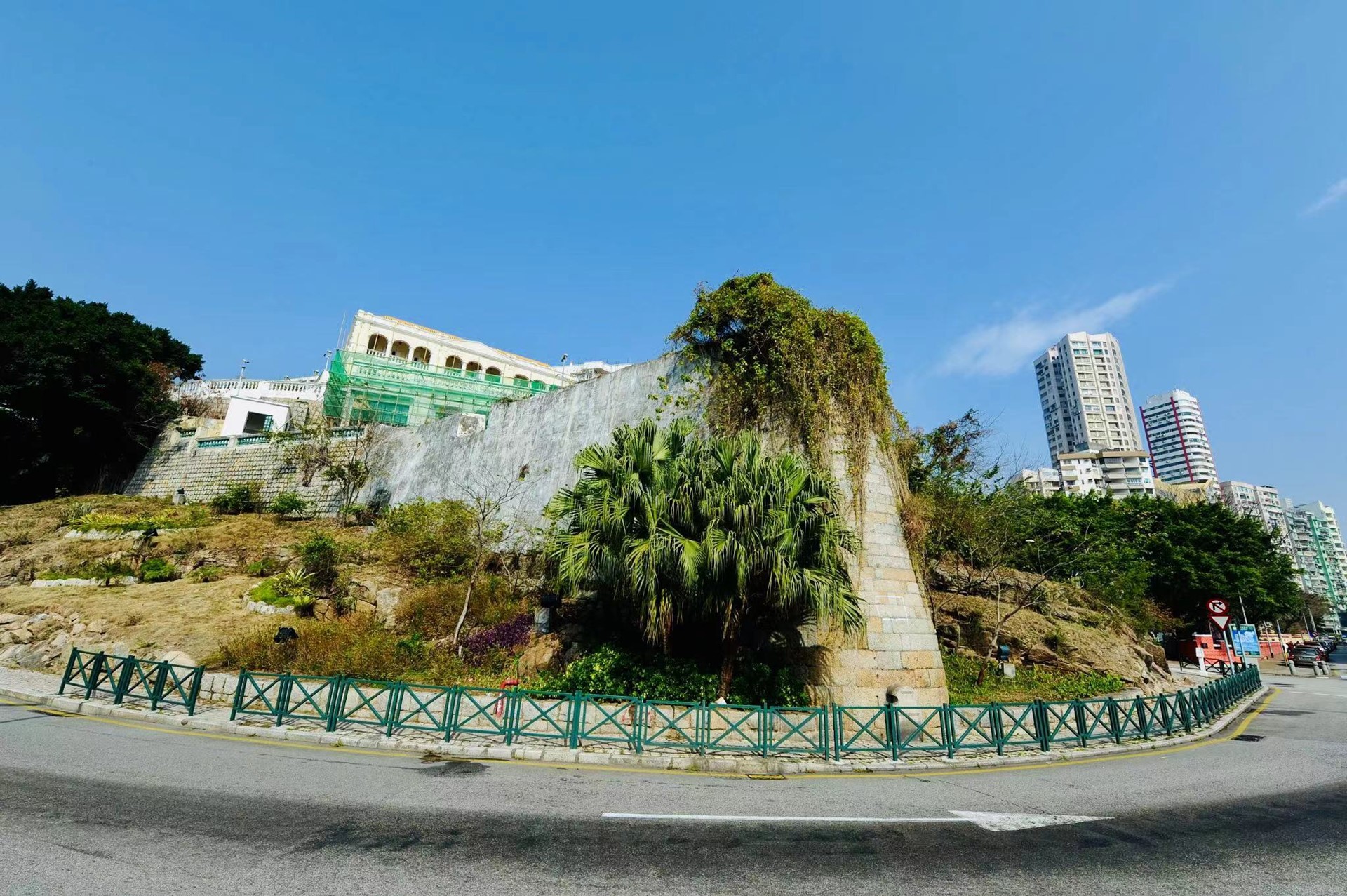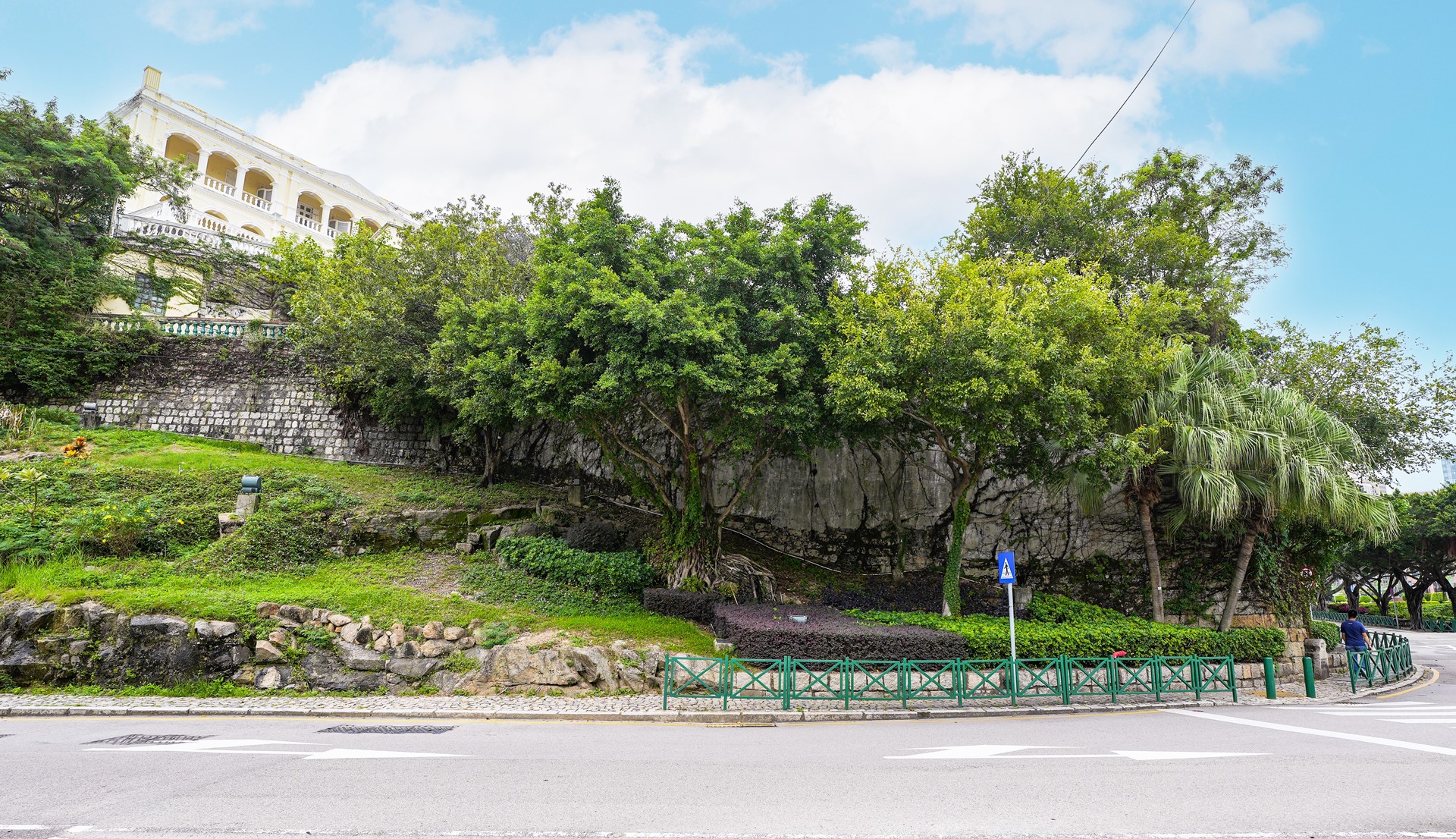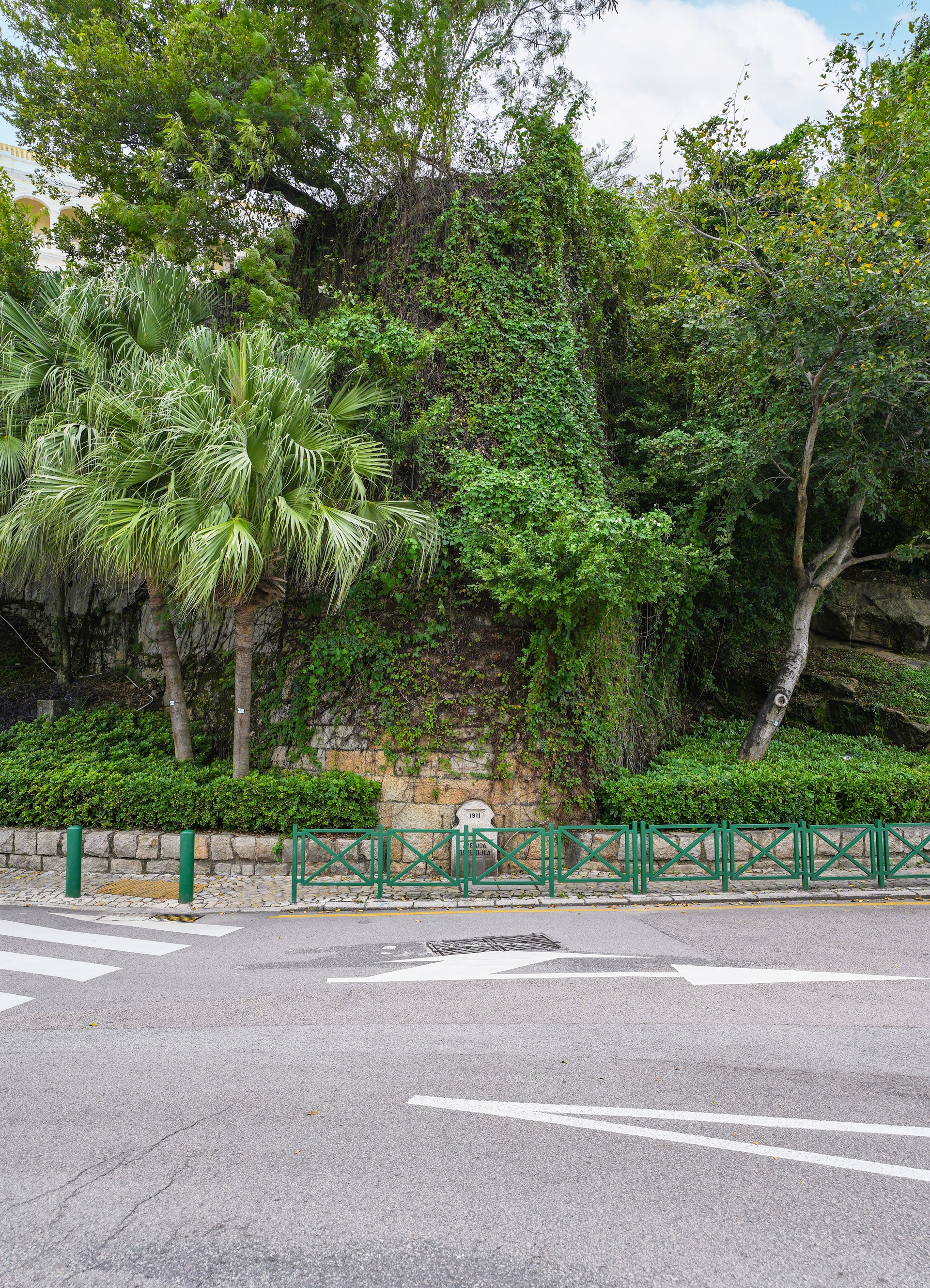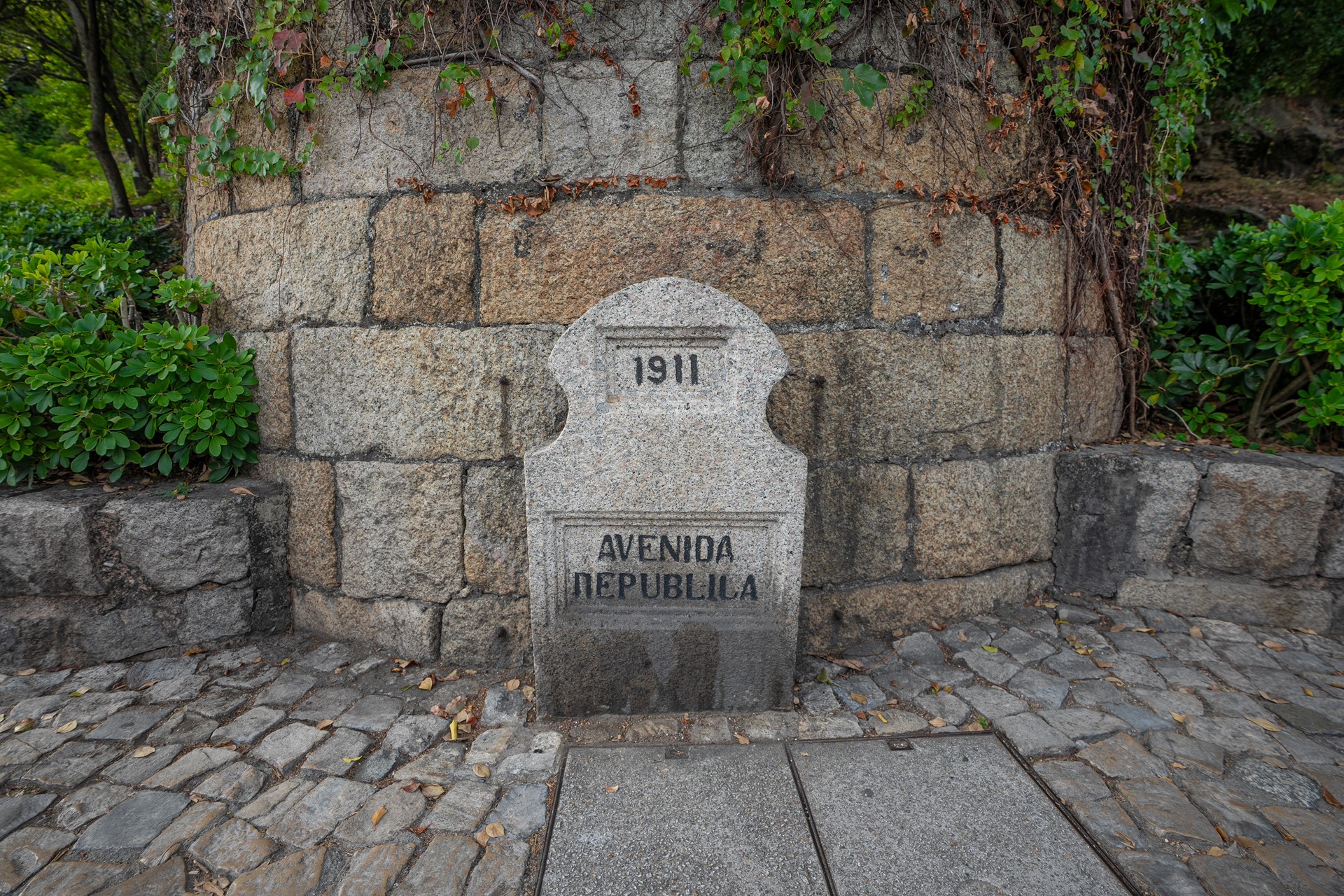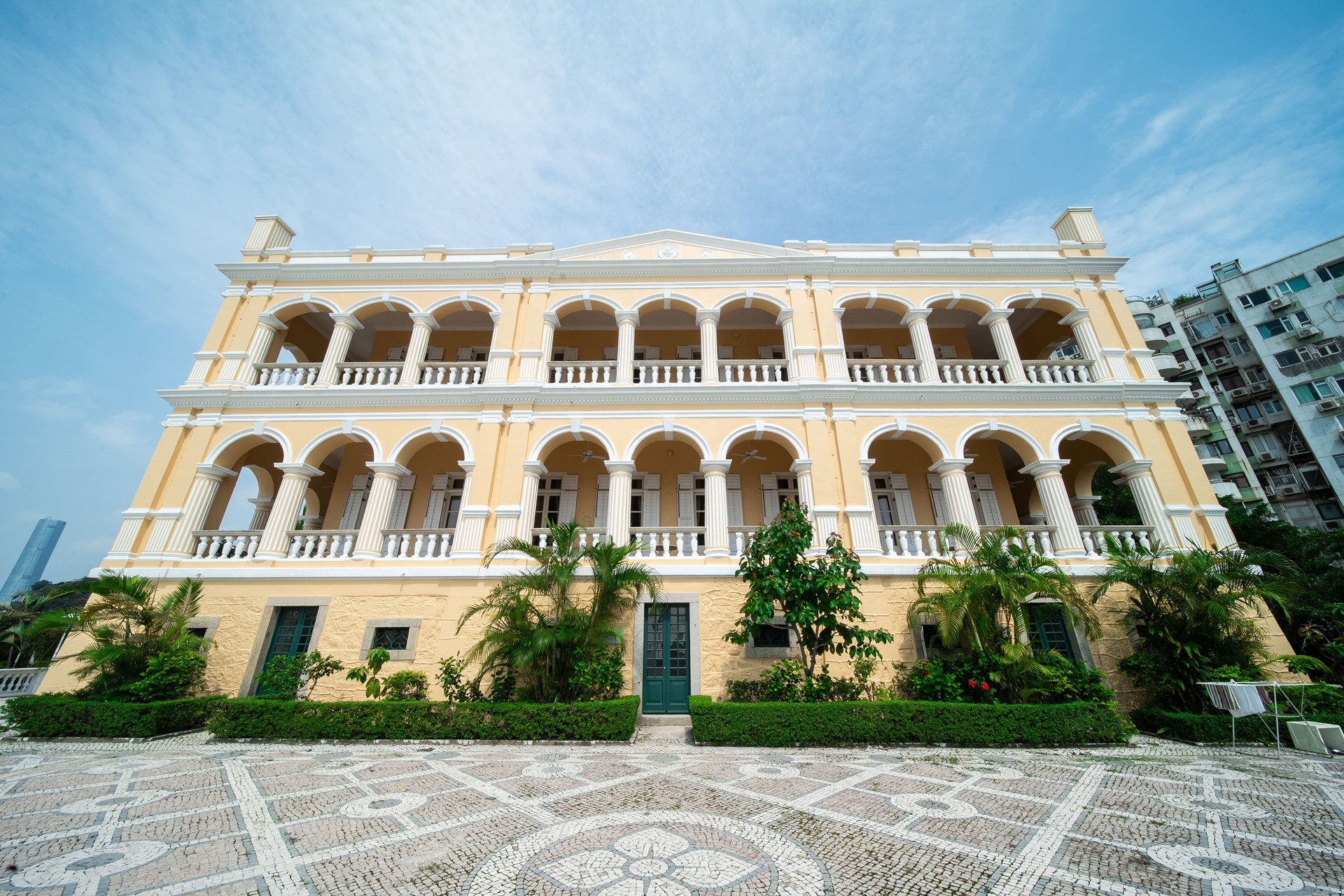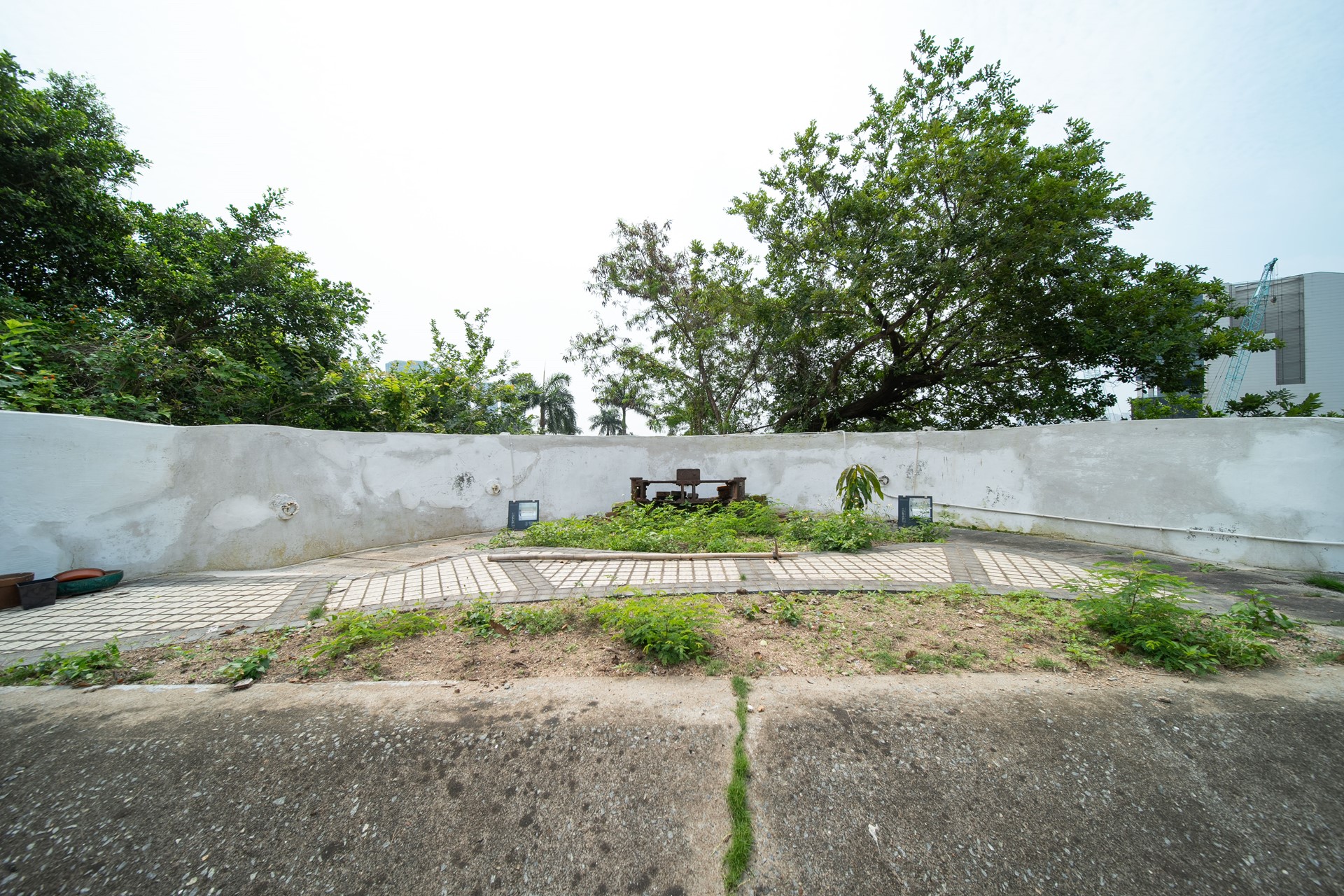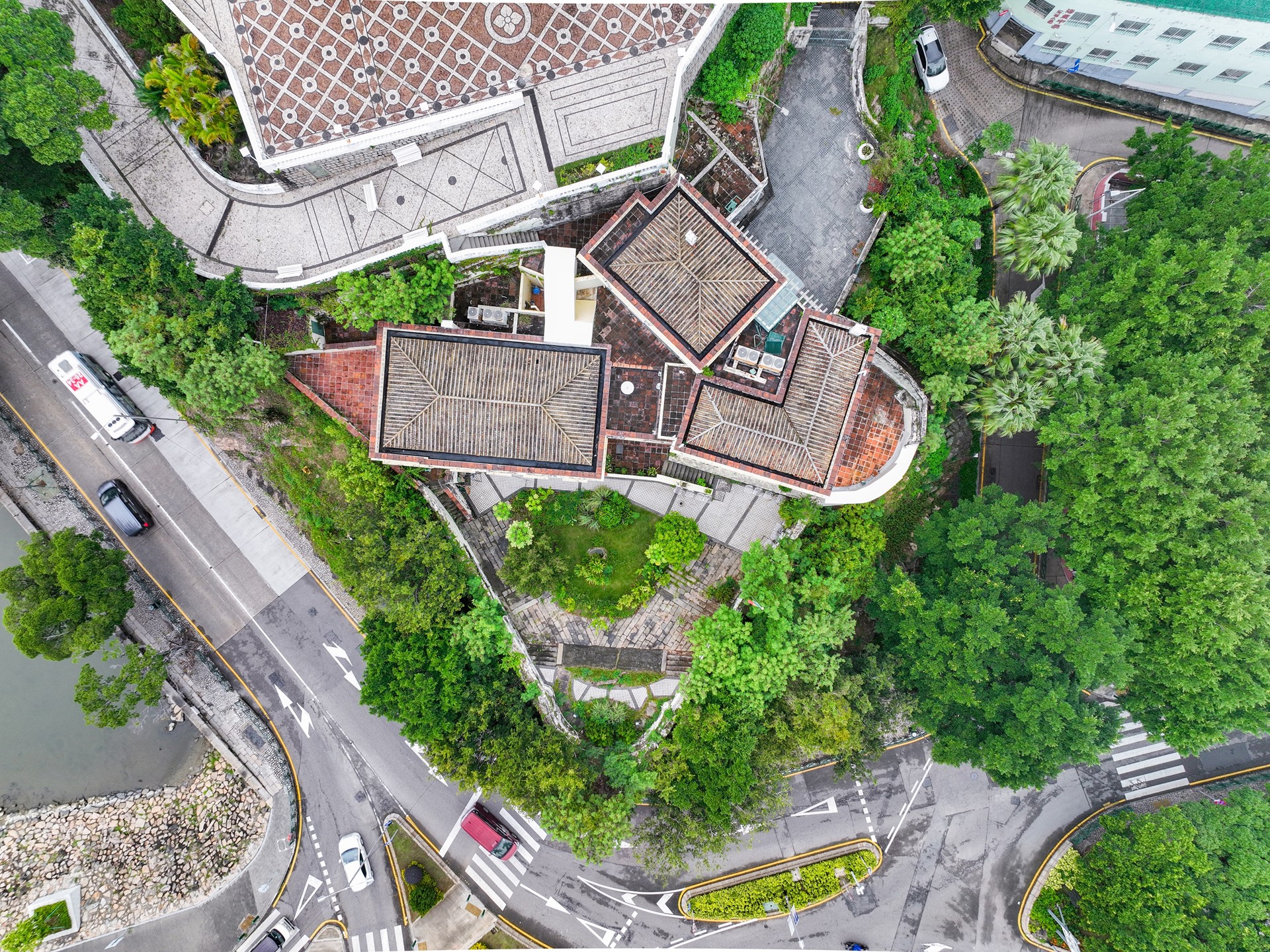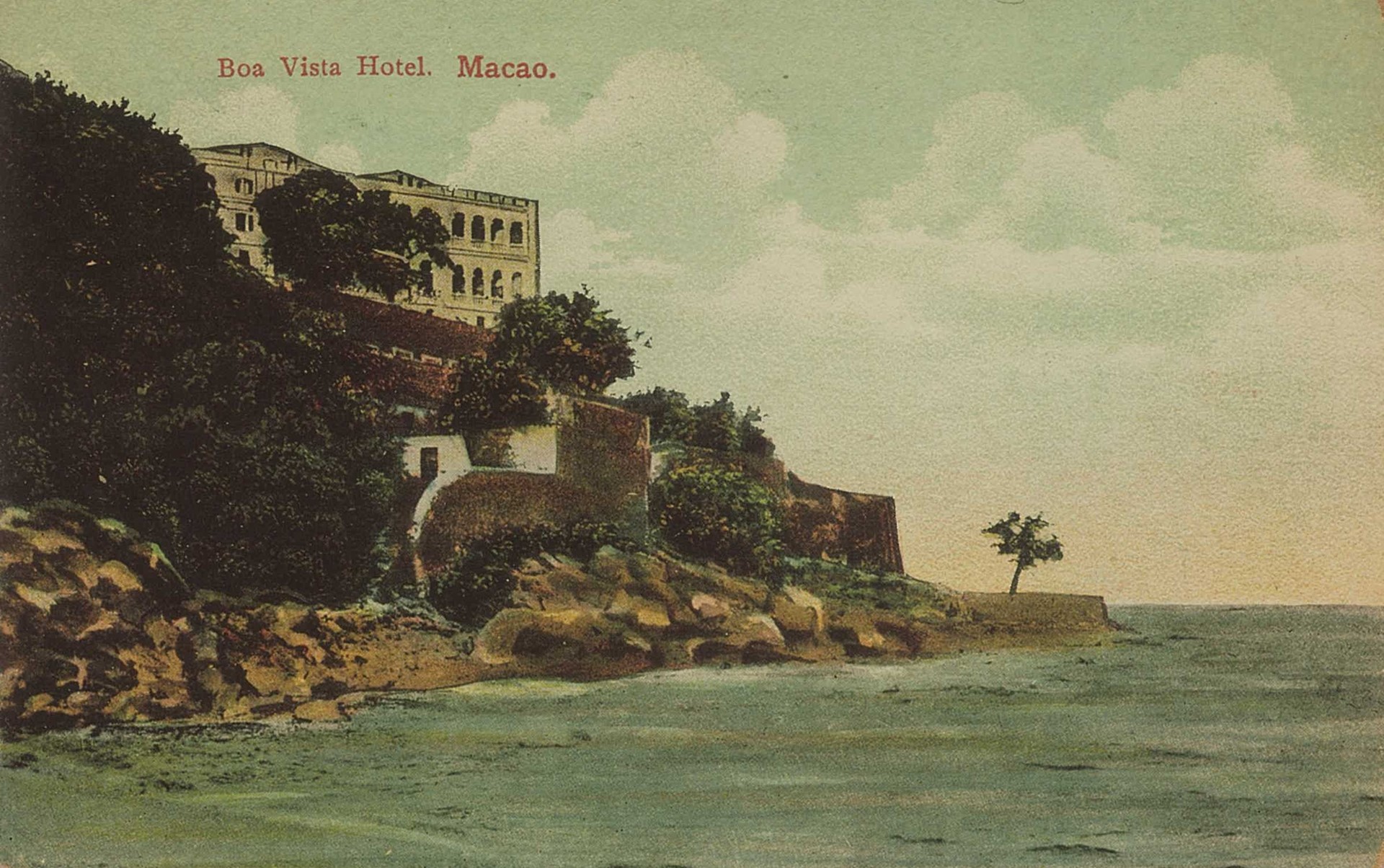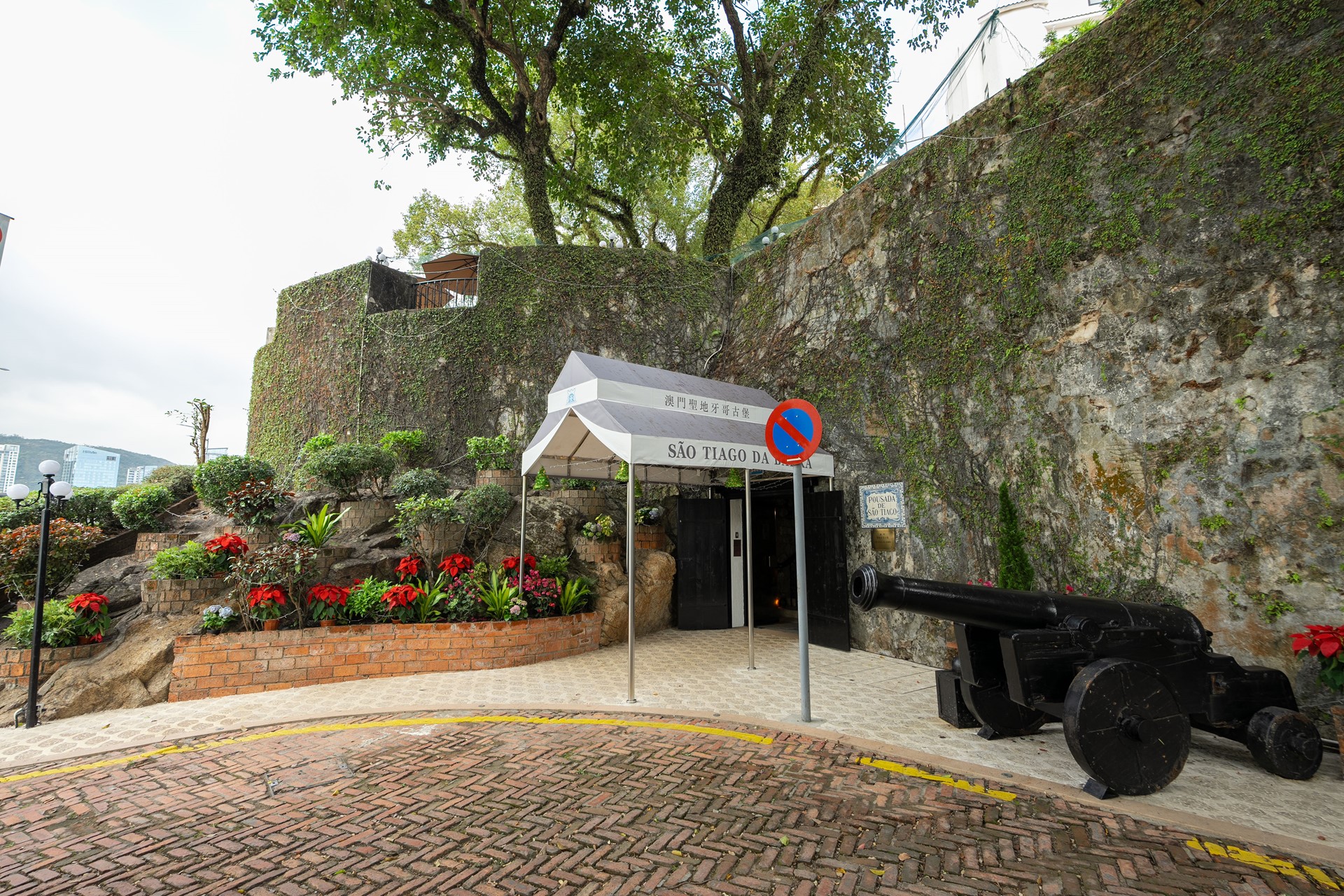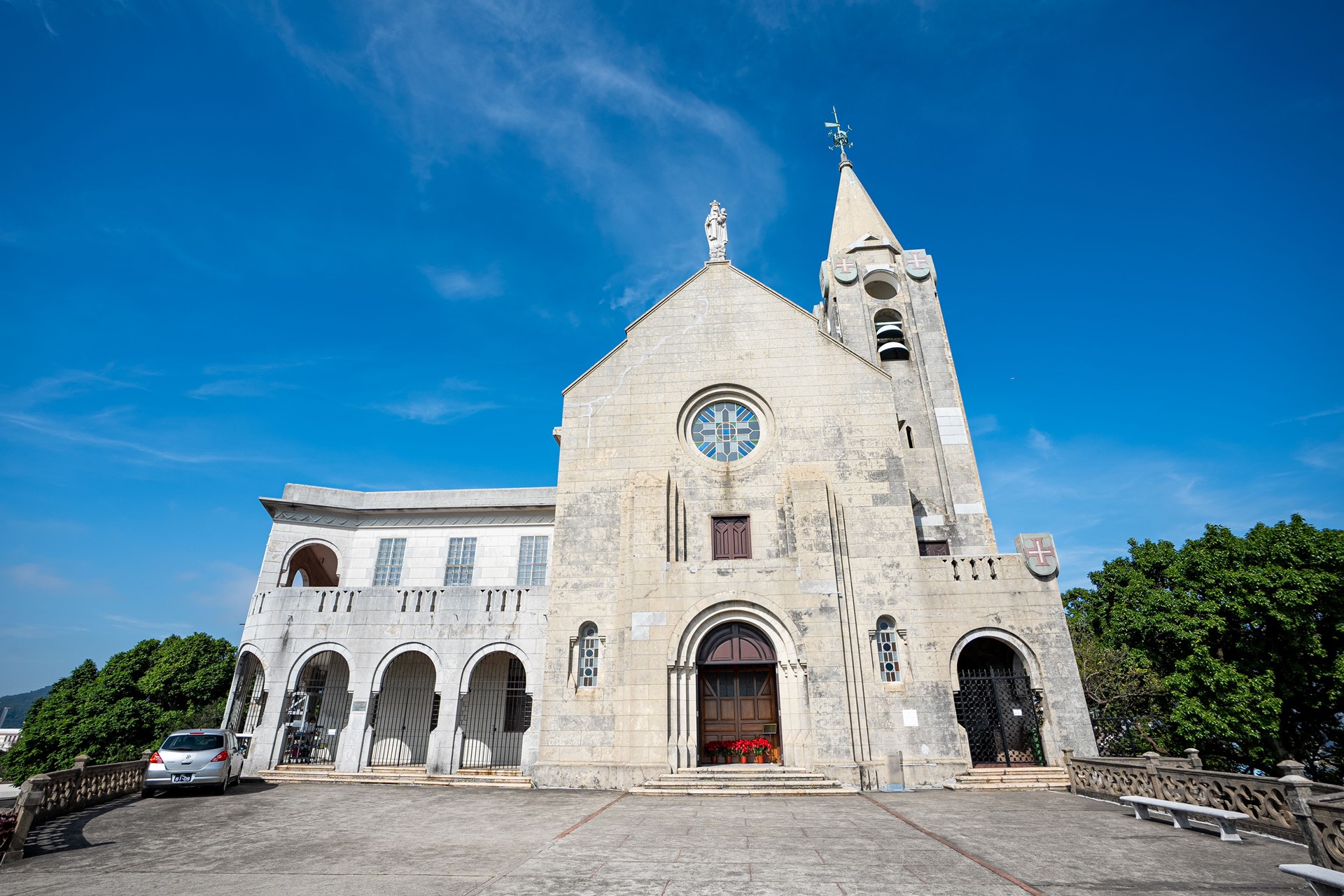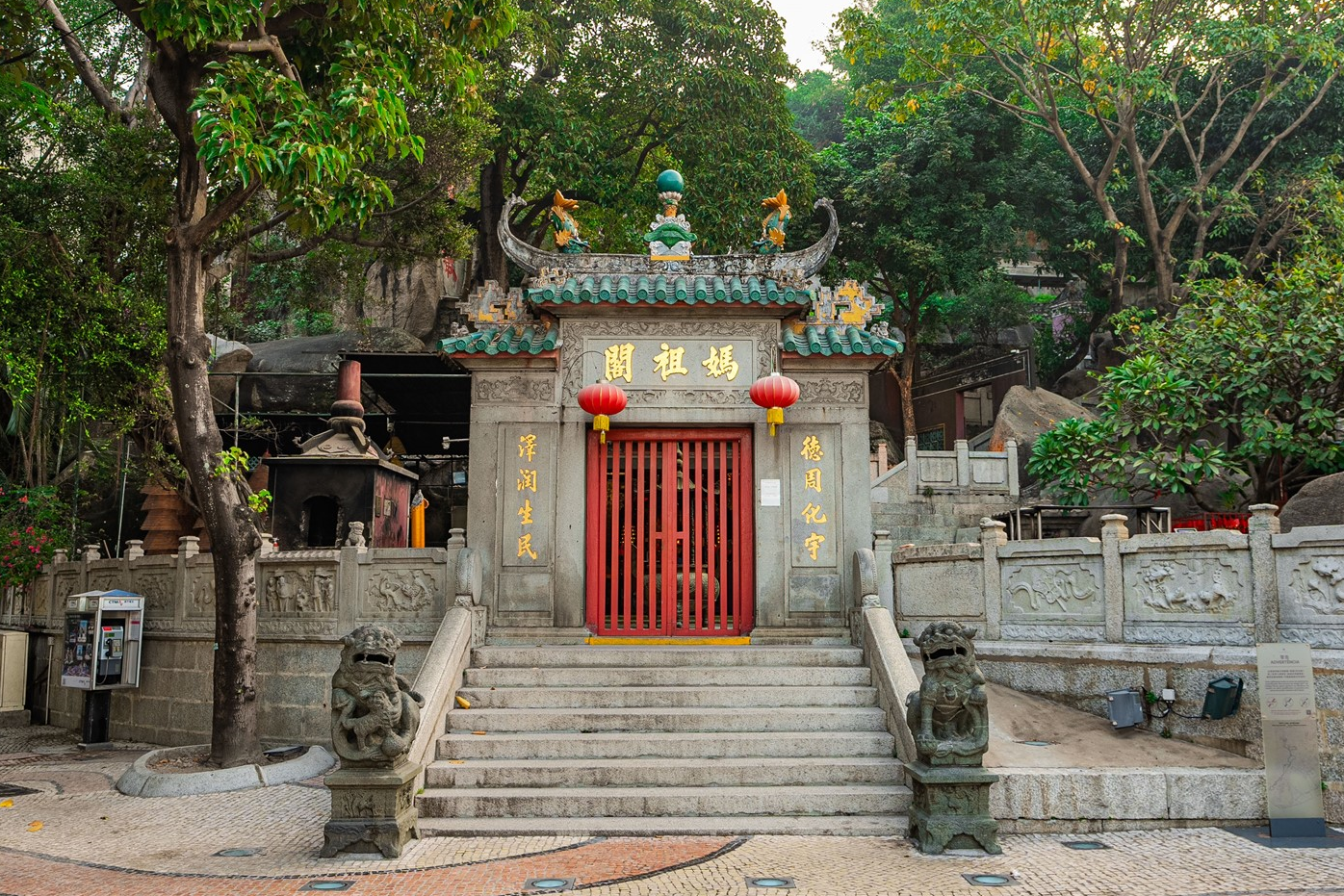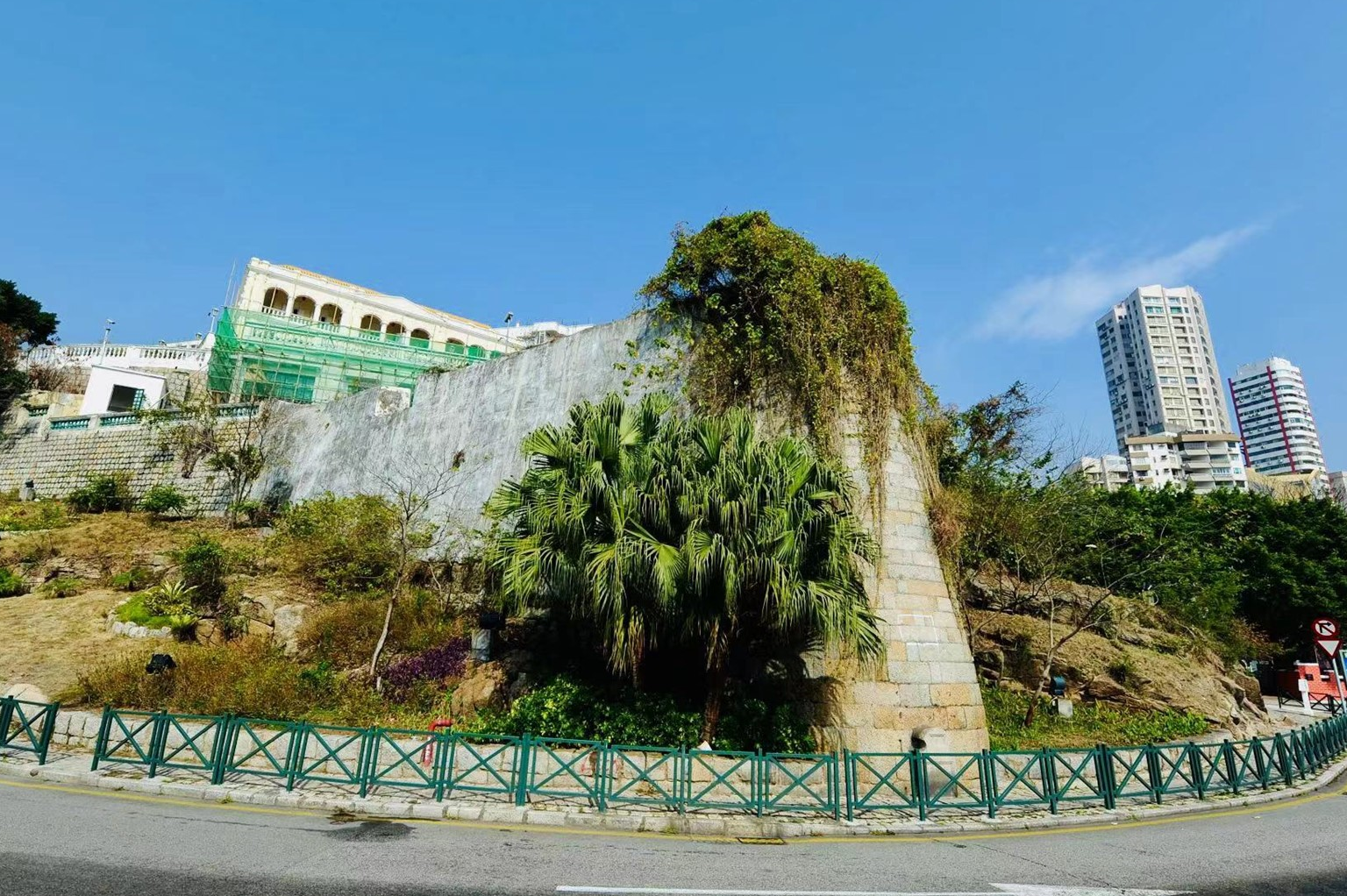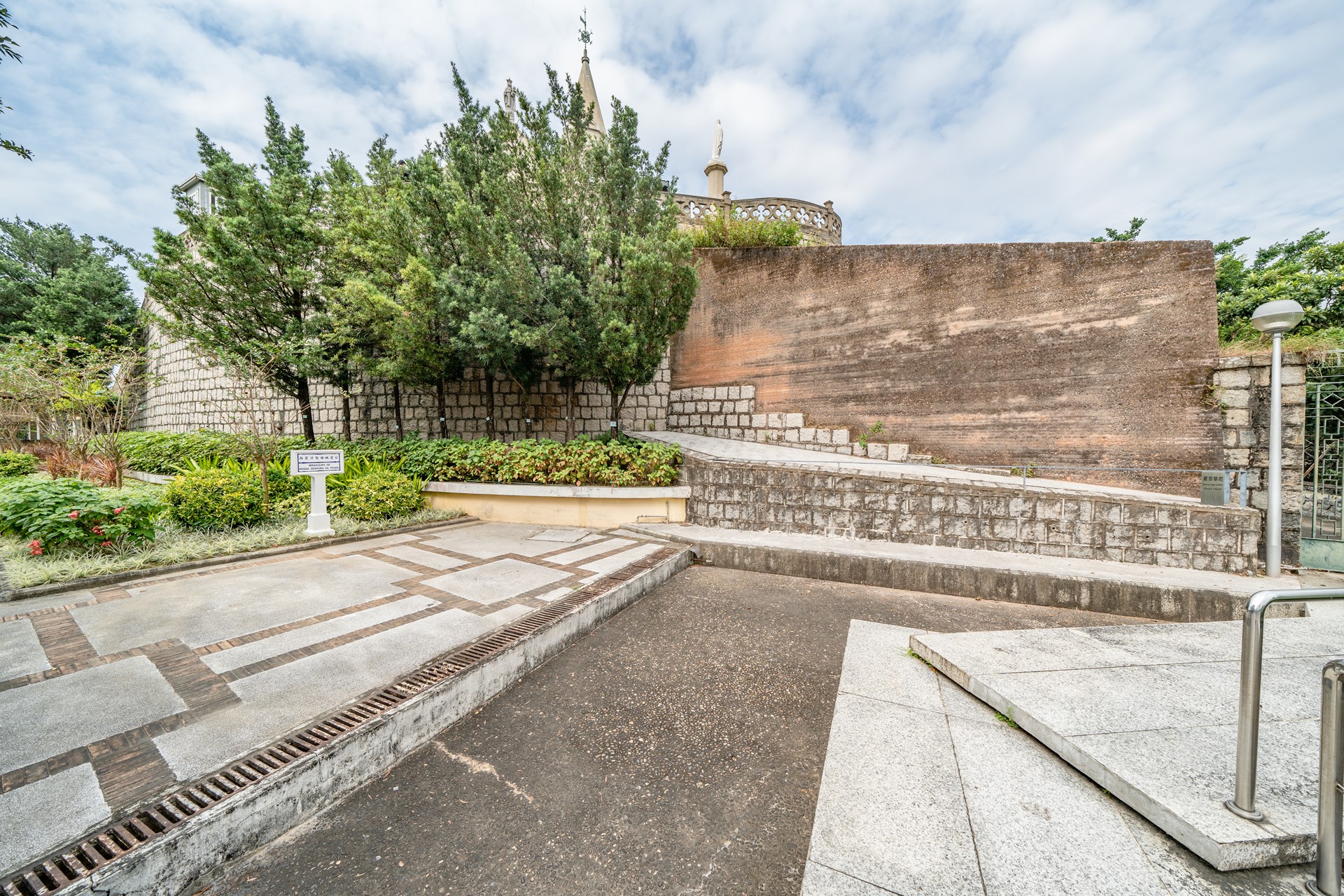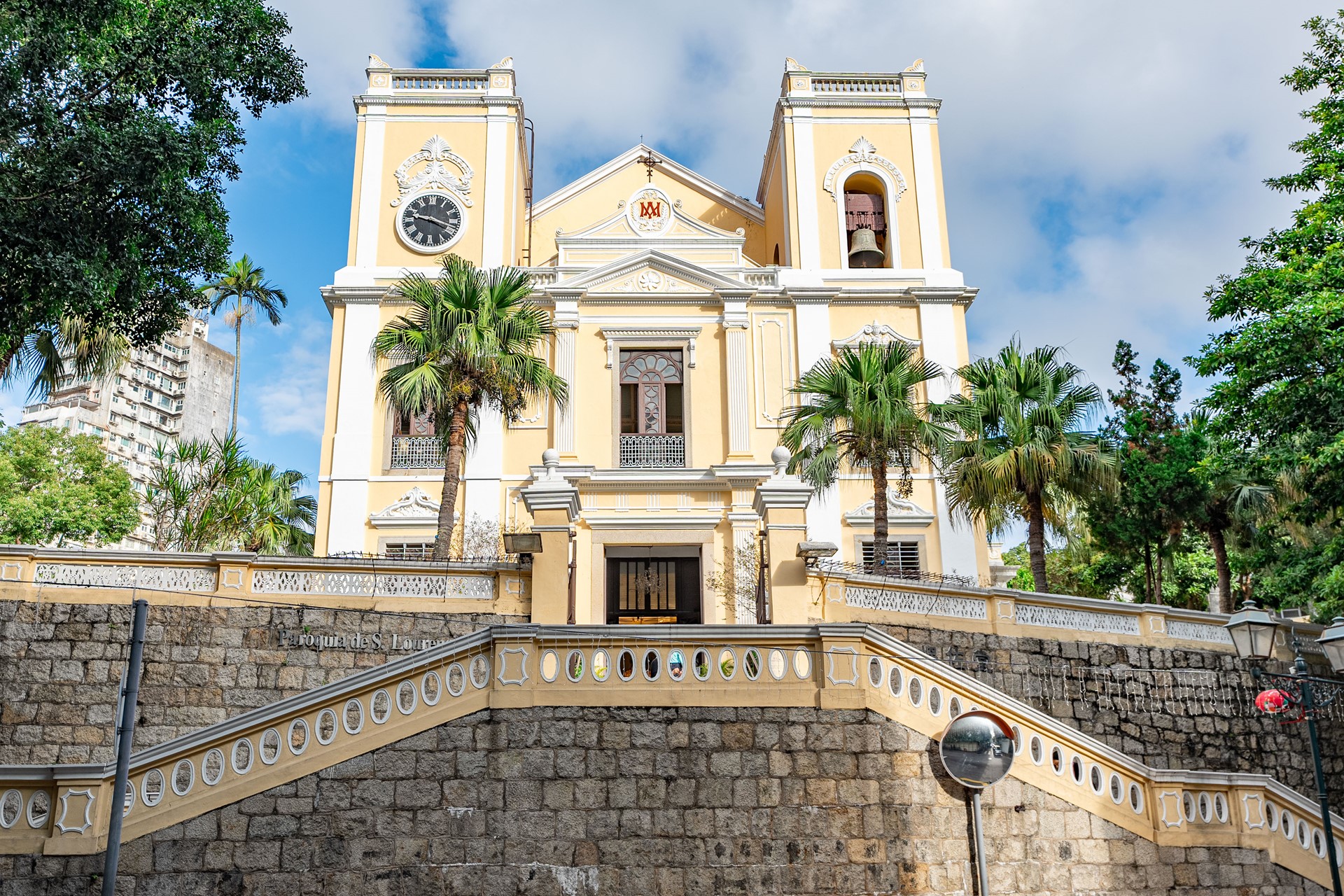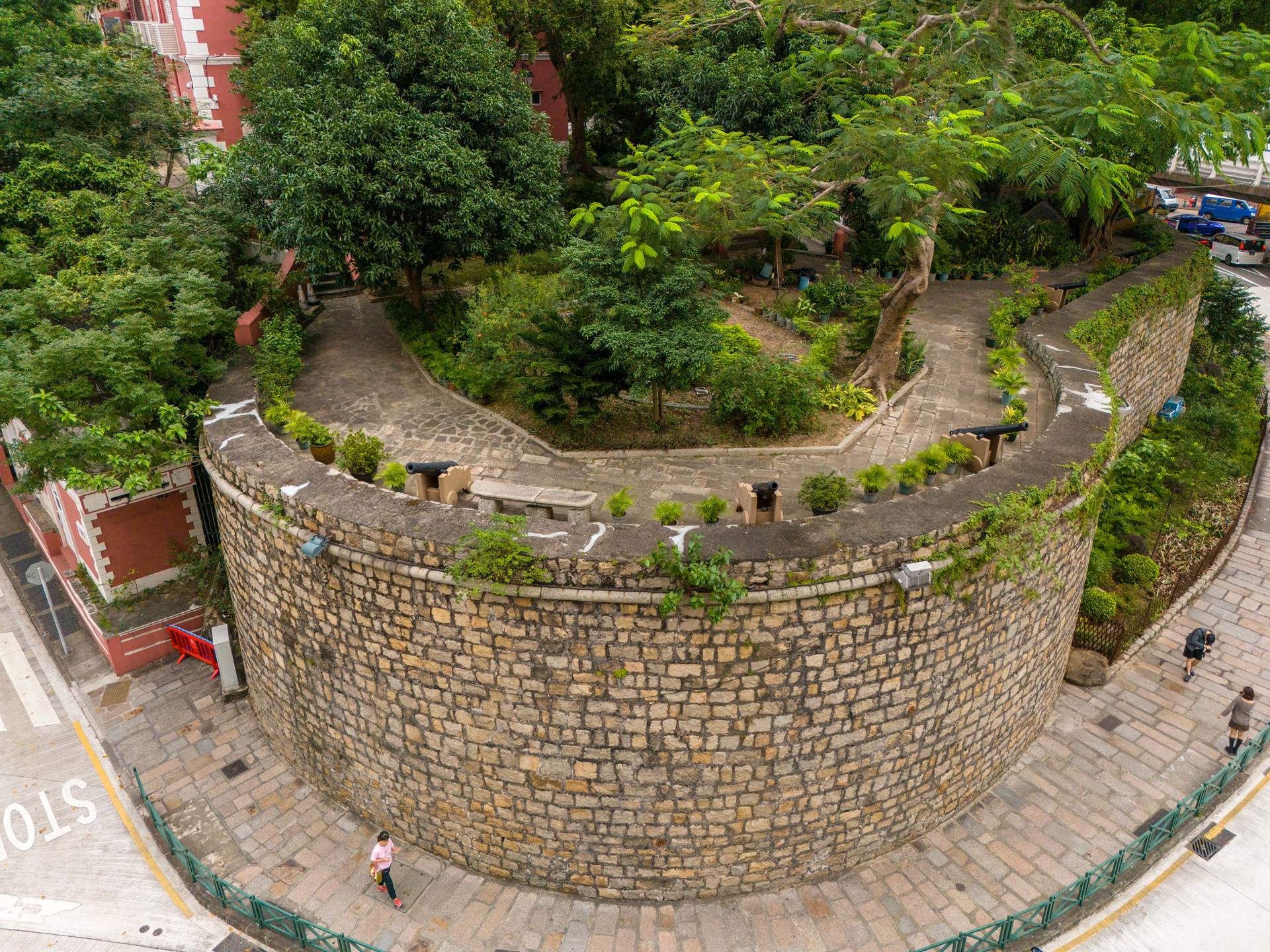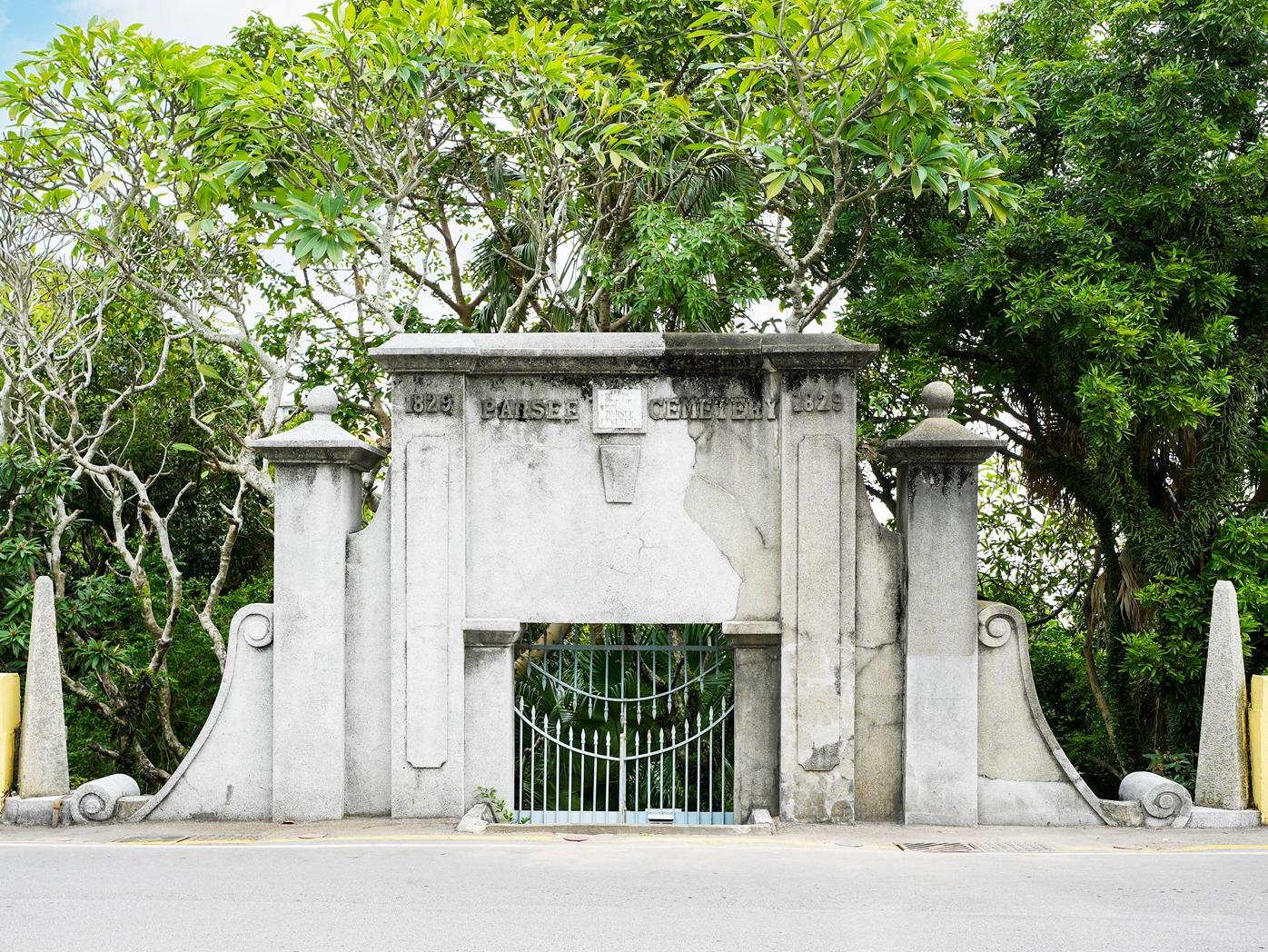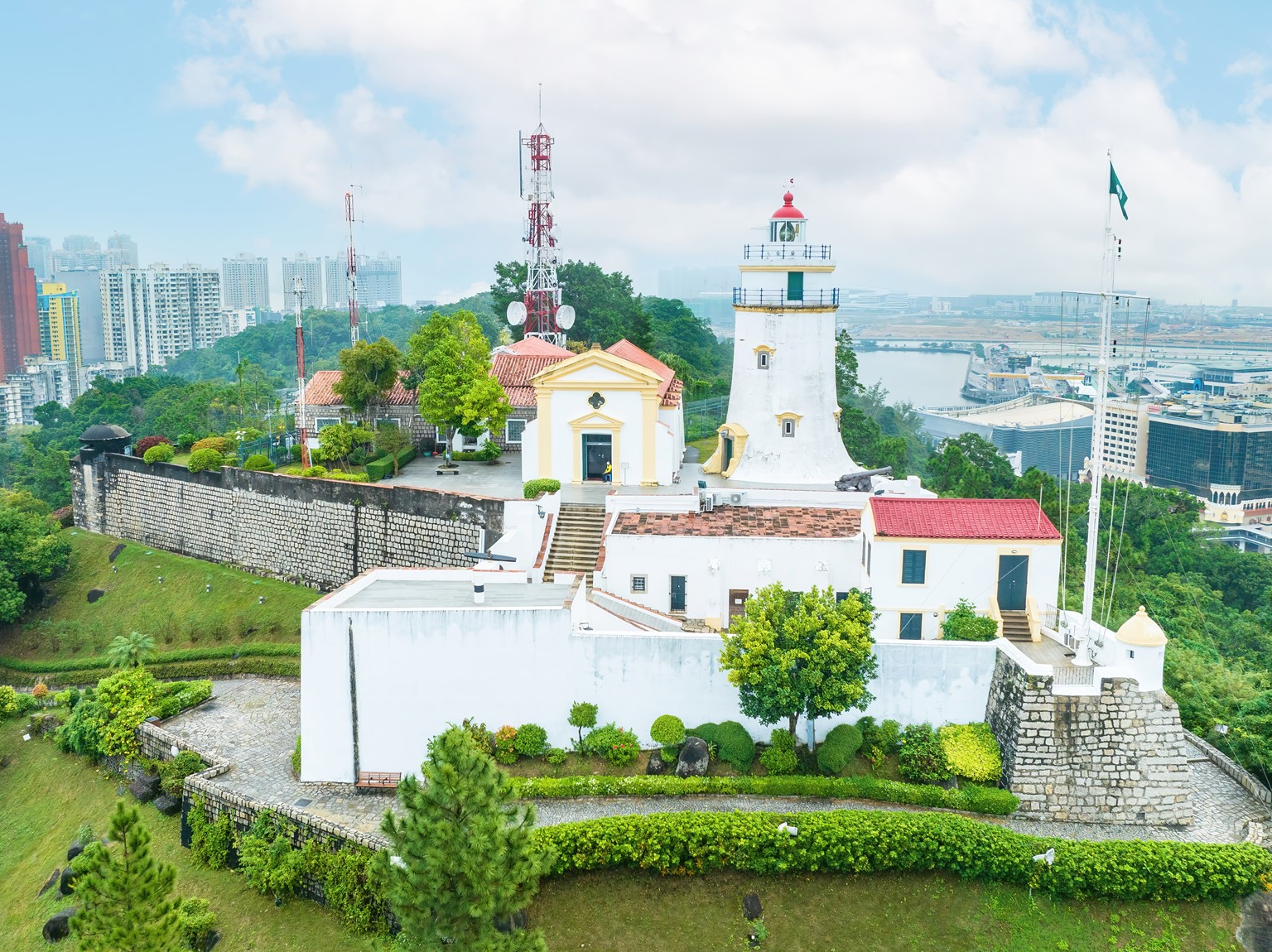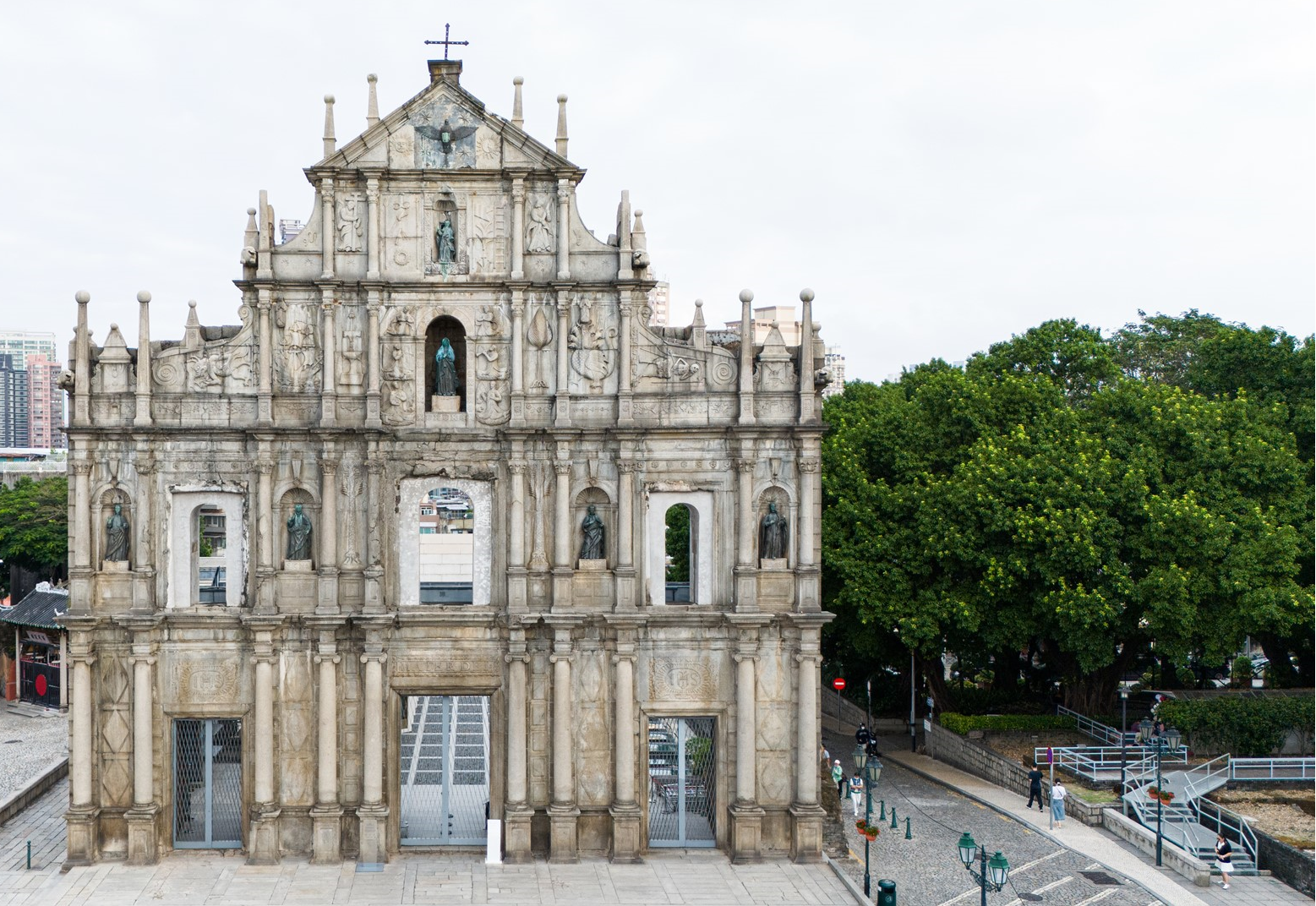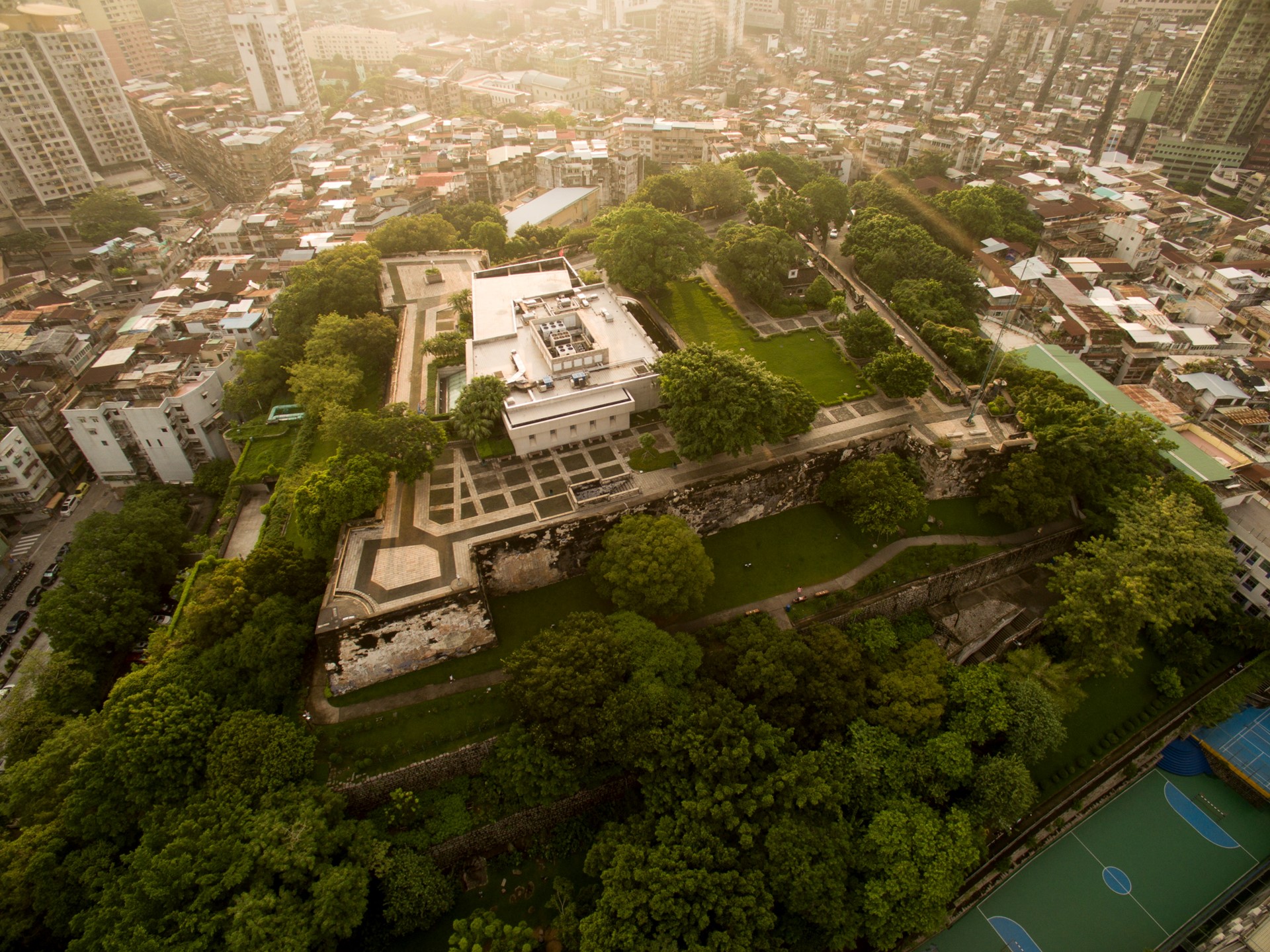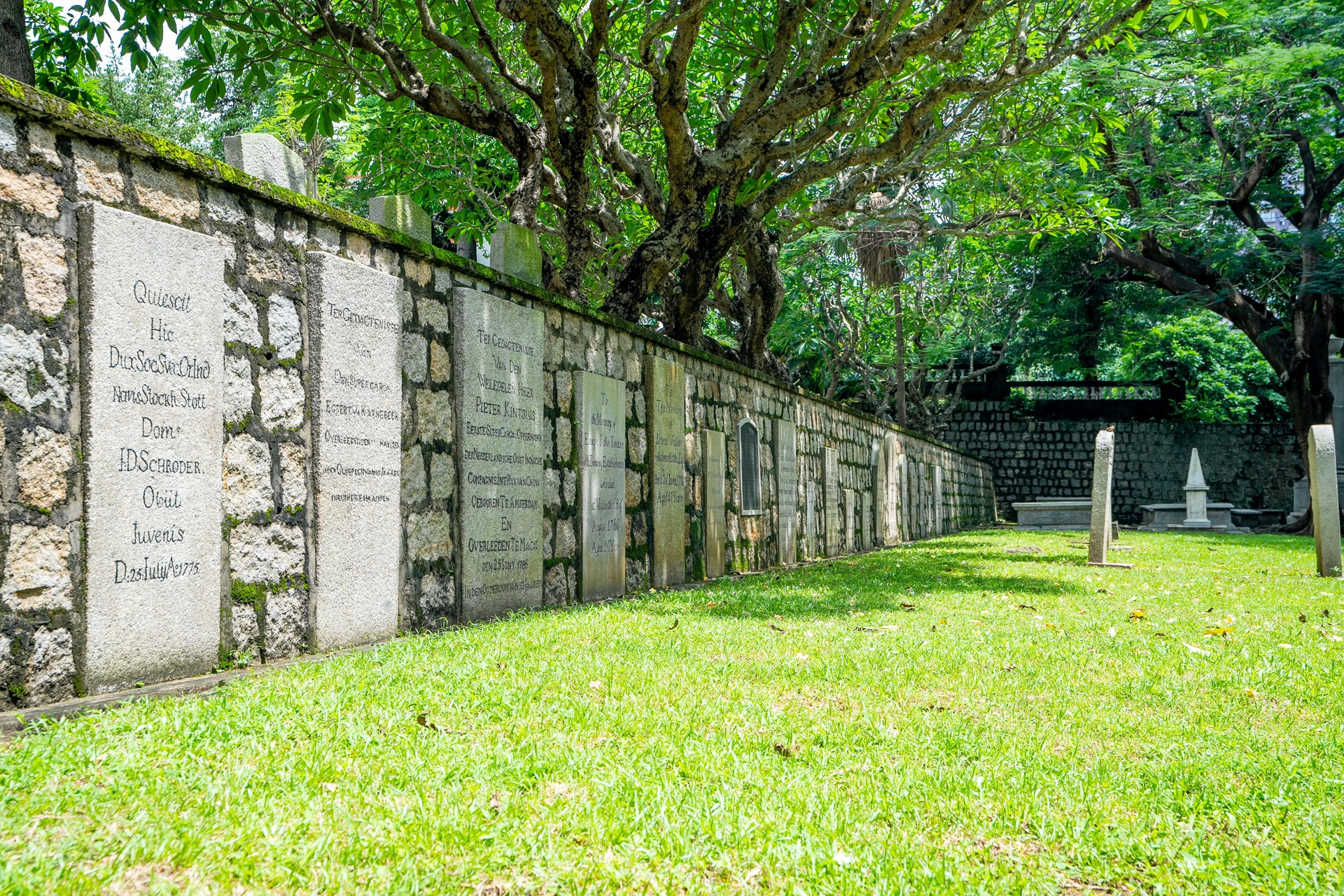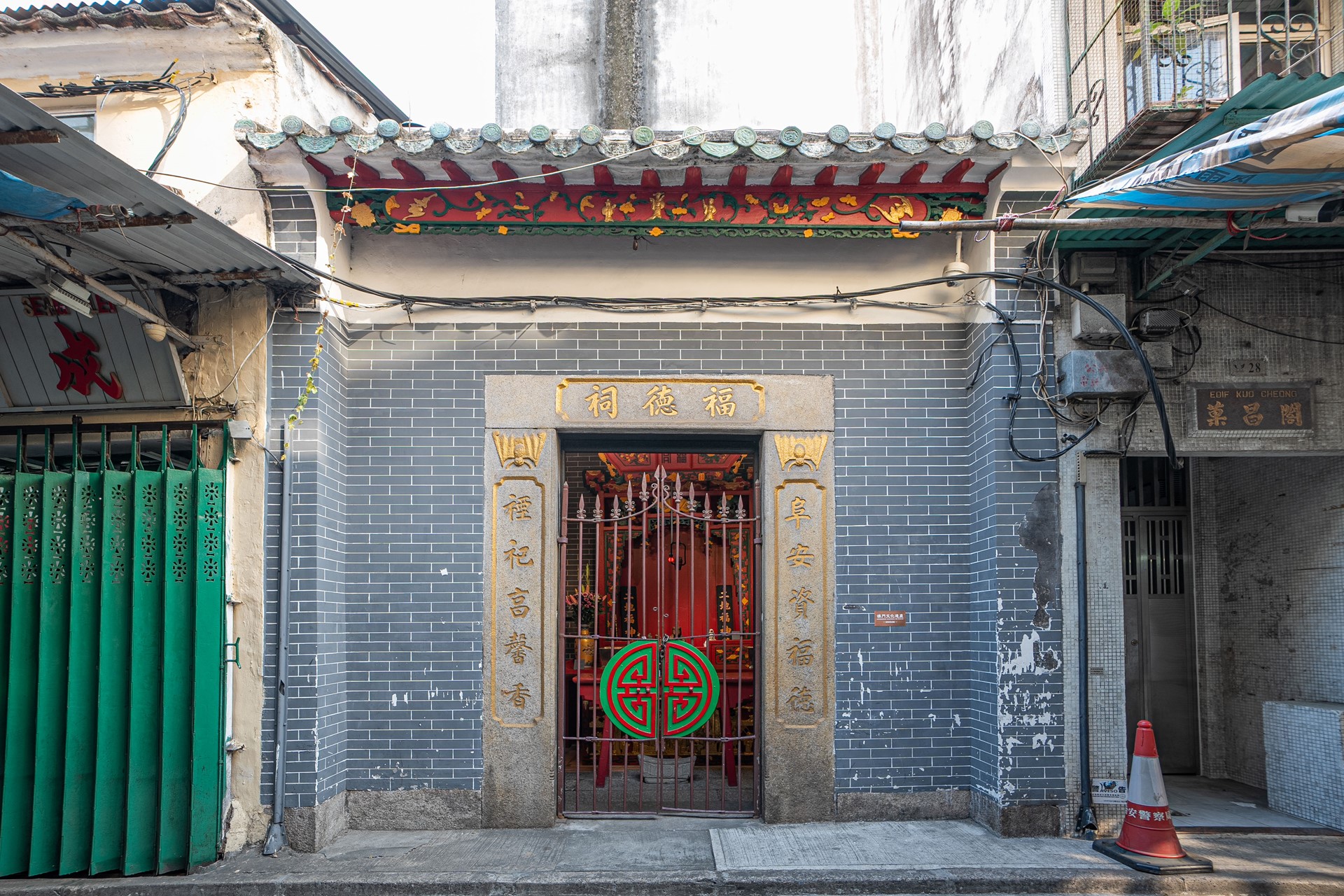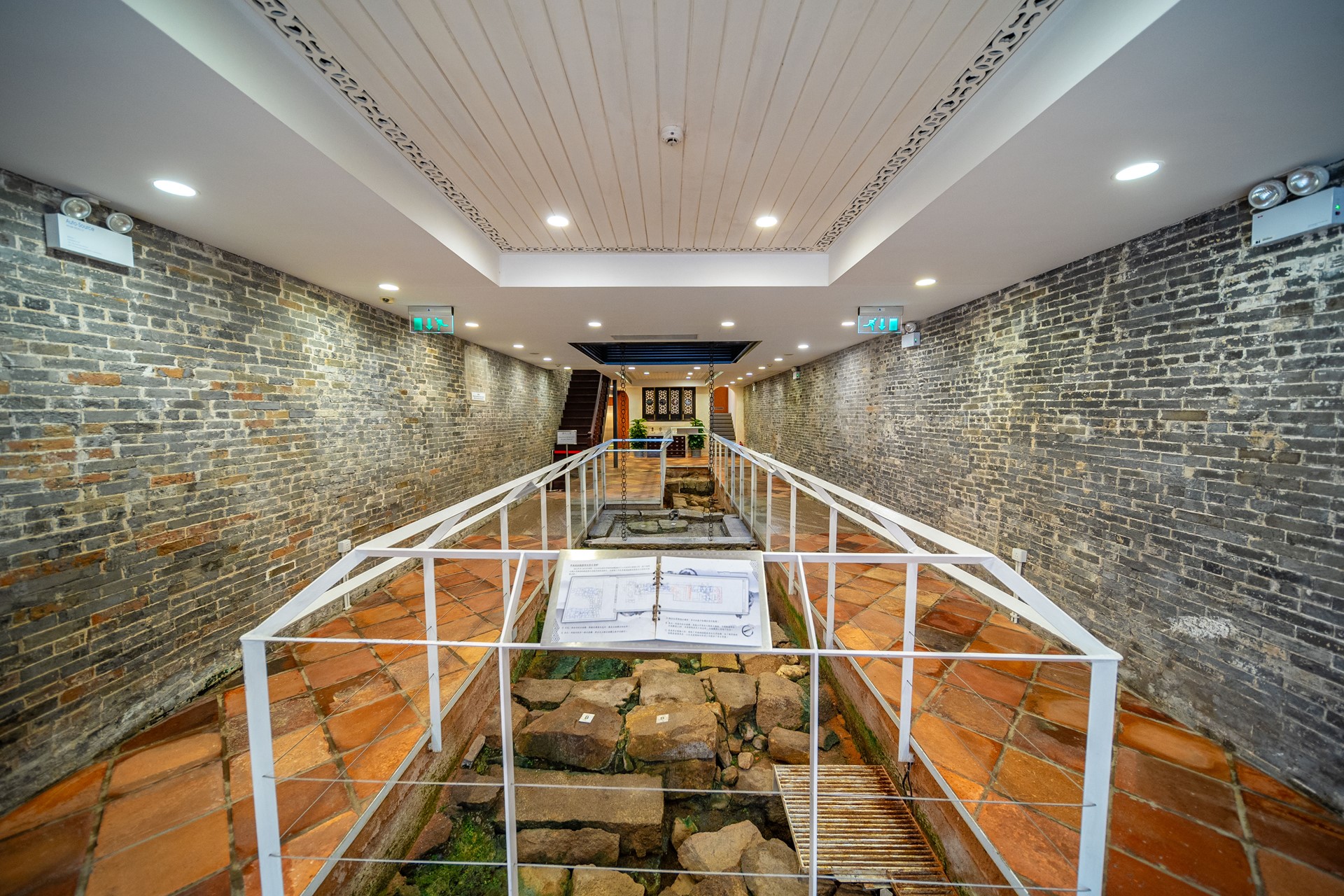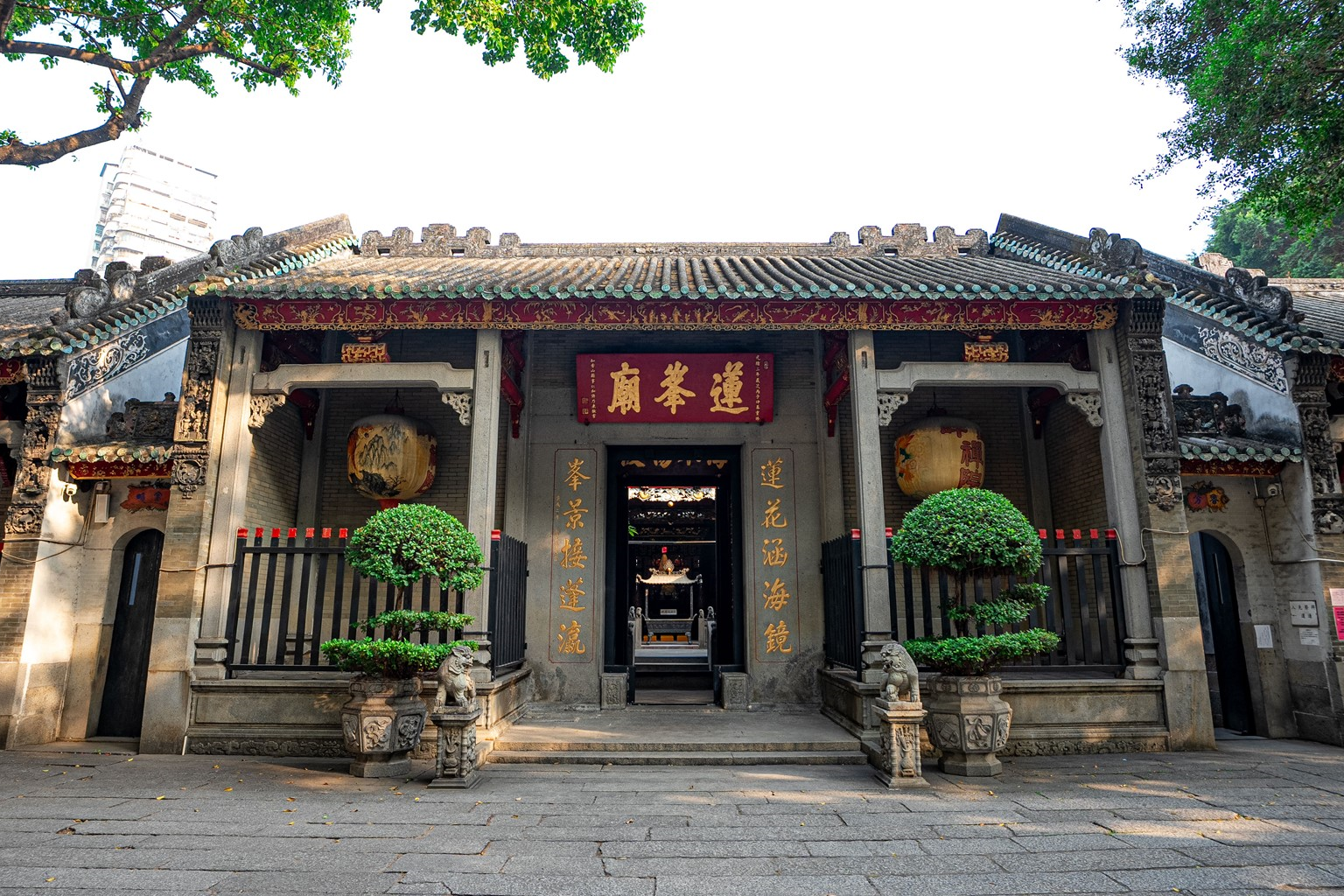Located on the southeastern foothill of Macao's Penha Hill, Bom Parto Fortress was built on a rocky terrain close to the seashore, adopting an irregular quadrilateral layout, with a sharp, protruding corner towards Nam Van Lake. In the old days, there was a defensive wall connecting the Fortress with Penha Hill.
At the time of the Dutch tentative invasion of Macao, in 1622, Bom Parto fortress already existed, functioning together with St. Francis Fort and St. Pedro Fortlet (aka Nam Van Fort, that was previously located in front of the Old Court Building, but was later demolished in the 1930s, due to land-reclamation projects), guarded along the southeastern coast of Macao, while also fulfilling the defensive needs of the Inner Harbour, in conjunction with St. Tiago da Barra Fortress. It bears important testimony about the old coastal defense system of Macao as a city that was part of the Maritime Silk Road.
The fortress was abandoned in 1892. In 1910, parts of the old fortress were dismantled in view of the land-reclamation works leading up to the construction of Avenida da República. At the foot of the fortress's wall was installed a sign with the inscription “1911 Avenida República”, which adds a historical touch about its past. Above the remains of the fortress stands a three-story neoclassical building, painted in light yellow, that was built in the second half of the 19th century and was later converted into a hotel, in 1890. Since 1936, it took the name Hotel Bela Vista, corresponding to the oldest ‘five-star’ hotel in Macao, after it also functioned as a shelter, a rest home and a school. Following Macao’s handover, Hotel Bela Vista ceased operations and the building now corresponds to the official residence of the Consul-General of Portugal in Macao.
Before the Portuguese built the fortress here, there was already Chinese residents living in the area, in a village called Shaohuilu (Chunambeiro) village, where the villagers were known to burn oyster shells and other shells in order to produce white ashes for sale, hencehe name of the village. Most of the villagers were engaged in fishing and oyster farming, reflecting Macao’s close relation with the oyster farming industry in the bygone times. Situated at a location overlooking the long Praia Grande Bay with its beautiful scenery, the area hosted a concentration of offices and properties of foreign firms. The present land plot located in 17 to 21, Rua da Praia do Bom Parto used to be the premises of famed company “Jardine Matheson”.
